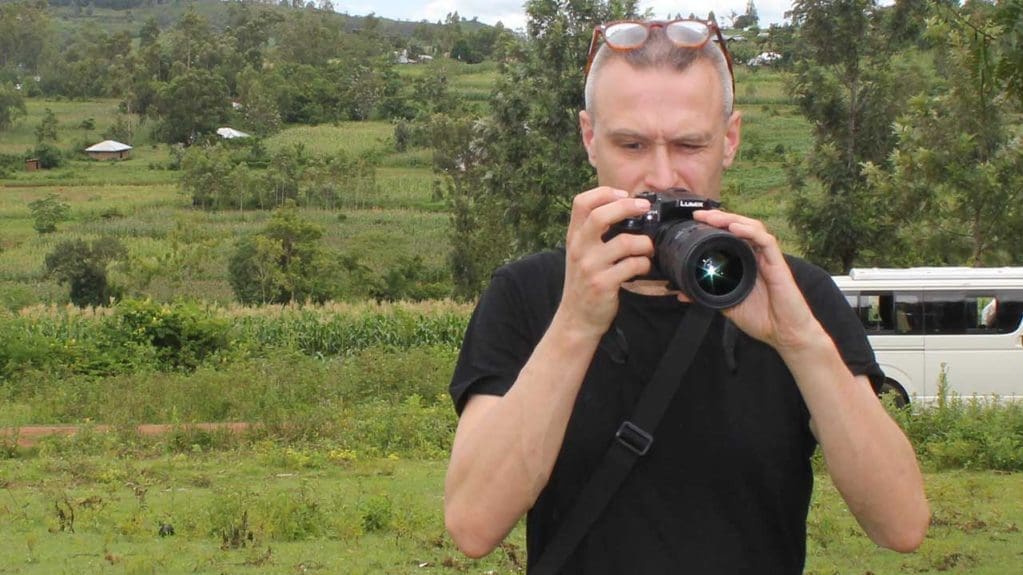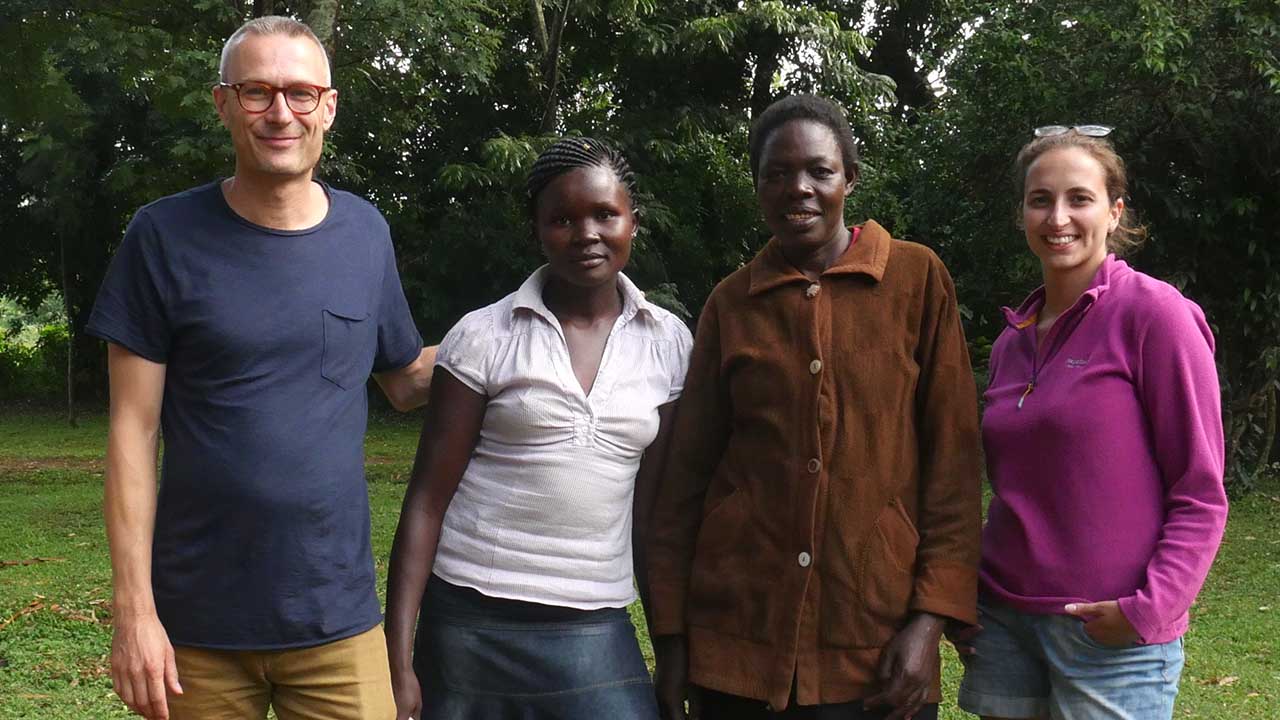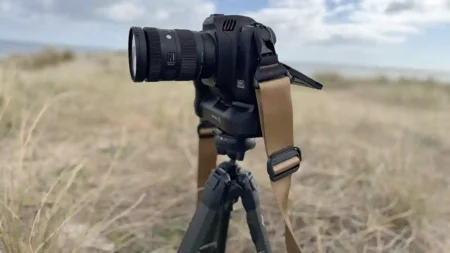Shooting a documentary in a foreign country requires the right kit – and it’s easy to get swayed by the latest cameras, resolutions, specifications and hype. Your gear only needs to fail once, due to unfinished firmware or an early bug, for you to realise that ‘tried and tested’ is always the best approach.
Ric Rawlins is a videographer who works for the African farming charity Send a Cow in its UK office just outside Bath. Over the summer he flew to Kenya to film a documentary for the charity, in support of its new campaign The Mother & Child Appeal – supporting mothers in the poorest parts of Africa to grow nutritious food.
The result is Alice & Agnes, a short documentary that profiles the friendship of two independent women, and looking at how their farming knowledge has passed down from generation to generation.
Before arriving in Kenya, Ric and his team had to find kit that was lightweight, reliable and, of course, produced the best possible quality. Conditions were going to be challenging and they only had one chance to get the footage in the can.
I talked to Ric about his planning process, starting with the camera choice.
“We were after a cinematic look, and after seeing the work Rachel Bunce had achieved with the Panasonic GH4 in Africa I quickly fell for that camera. It wasn’t so much the 4K shooting option that appealed to me, more the image quality in both video and stills.
“The only competition came from the Sony Alpha 7S, for its cinematic look and gorgeous depth of field – things the GH4 allegedly struggled with.
“But in the end I was swayed by some YouTube clips of the GH4 combined with a Metabones Speedbooster and Sigma 18-35mm F1.8. This setup just felt like the dream team, offering wide angles, depth of field plus cinematic textures.”
The Panasonic GH5 and Sony Alpha 7S MKII were also in the running, but the charity’s budget had to stay relatively prudent – while the GH5 had attracted a few comments online about firmware issues and bugs, something that couldn’t be risked without technical support in rural Kenya. Next up, the gimbal selection process began.
“The big problem here was how to fly the Sigma lens. It’s a beast. Initially, we were leaning towards the Ronin M because it could handle the weight, but when we rented it, the learning curve felt steep – plus it sits on a stand, you can’t just put it down. I couldn’t see that working with the rural terrain we were shooting in.

“Next we tried the Yelangu S60T. Again there were clips on YouTube showing it flying the holy GH4-Sigma combo, plus it’s cheap as hell. But upon testing this it just felt too heavy. Fatigue would have struck me down after 20 minutes of filming, so we looked again.”
“Finally we looked at the Zhiyun Crane. It’s famously intuitive and about half the price of the Ronin. The only problem was, there’s some debate about whether you can fly the Sigma 18-35mm on it. Some people swear you can do it, some people say you can do it after a firmware update – after which you can’t fly lighter lenses. It was around this time I started going insane and dreaming about gimbals.”
Ric finally went for the Zhiyun Crane, adding handlebars to reduce fatigue. However, wary of ruining its motors, he decided not to combine it with the Sigma 18-35mm – which would be reserved for locked-down shots. The hunt was still on for a lens to fly.
“I love the picture quality of the Panasonic Lumix G 20mm f/1.7, but it’s too light to fly. With the Crane there’s a Goldilocks zone, you can’t go too light or too heavy. So we went for 20mm’s cousin, the Lumix G X Vario 12-35mm F2.8. That flew well, was relatively wide and didn’t contrast weirdly with the Sigma.”
Finally Ric and his team bundled together a selection of cheap reflectors, a Hoya Pro1 circular polarizer, a tripod, Tascam and a mound of memory cards. They were ready to go. The only question that remained was: to shoot in 4K or not?
“There is online debate around whether shooting 4K then downsizing to 1080 HD looks better than shooting in straight 1080. But the option was there, so we did it anyway, and I’m glad we did: we later found out the film would be shown in cinemas. Plus, for the record, I think that downsizing theory is true. It looks neat.”
Alice & Agnes shows how Send a Cow’s training in organic farming gets passed down the generations, while also providing an intimate snapshot of a friendship between two women. It premieres later this year at the Afrika Eye festival.
For more information on Send a Cow’s Mother & Child Appeal, visit
www.sendacow.org/appeal/motherandchild



